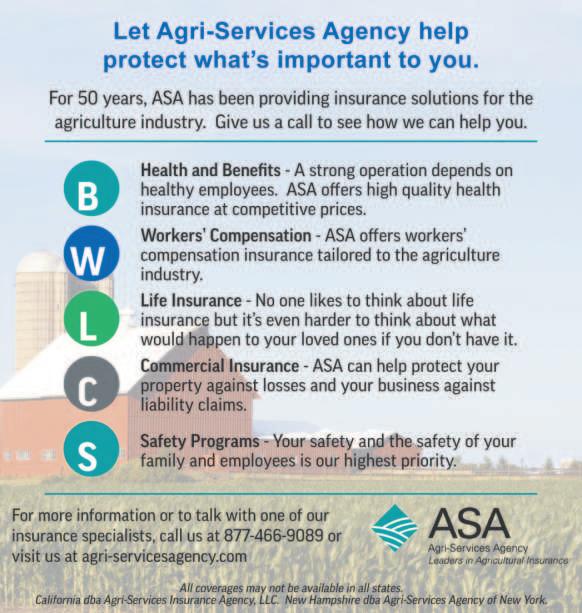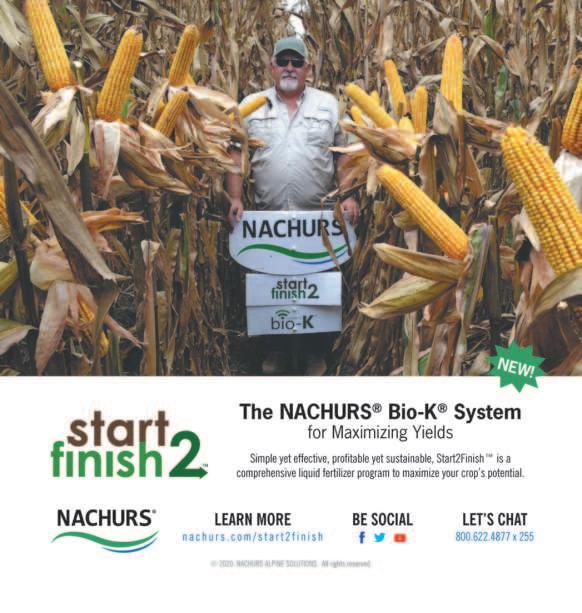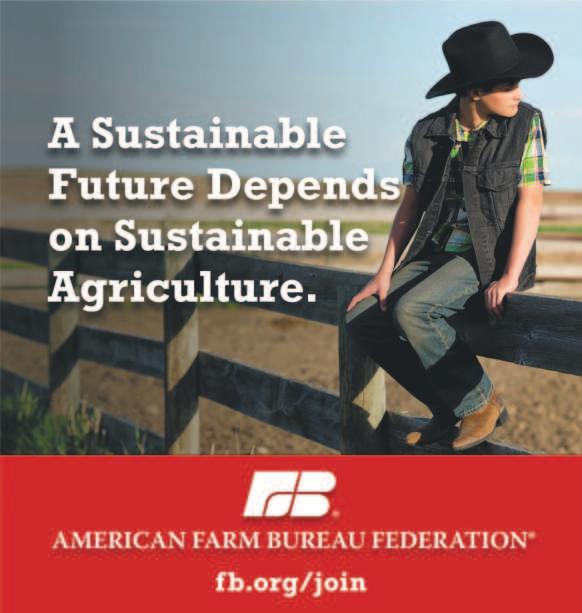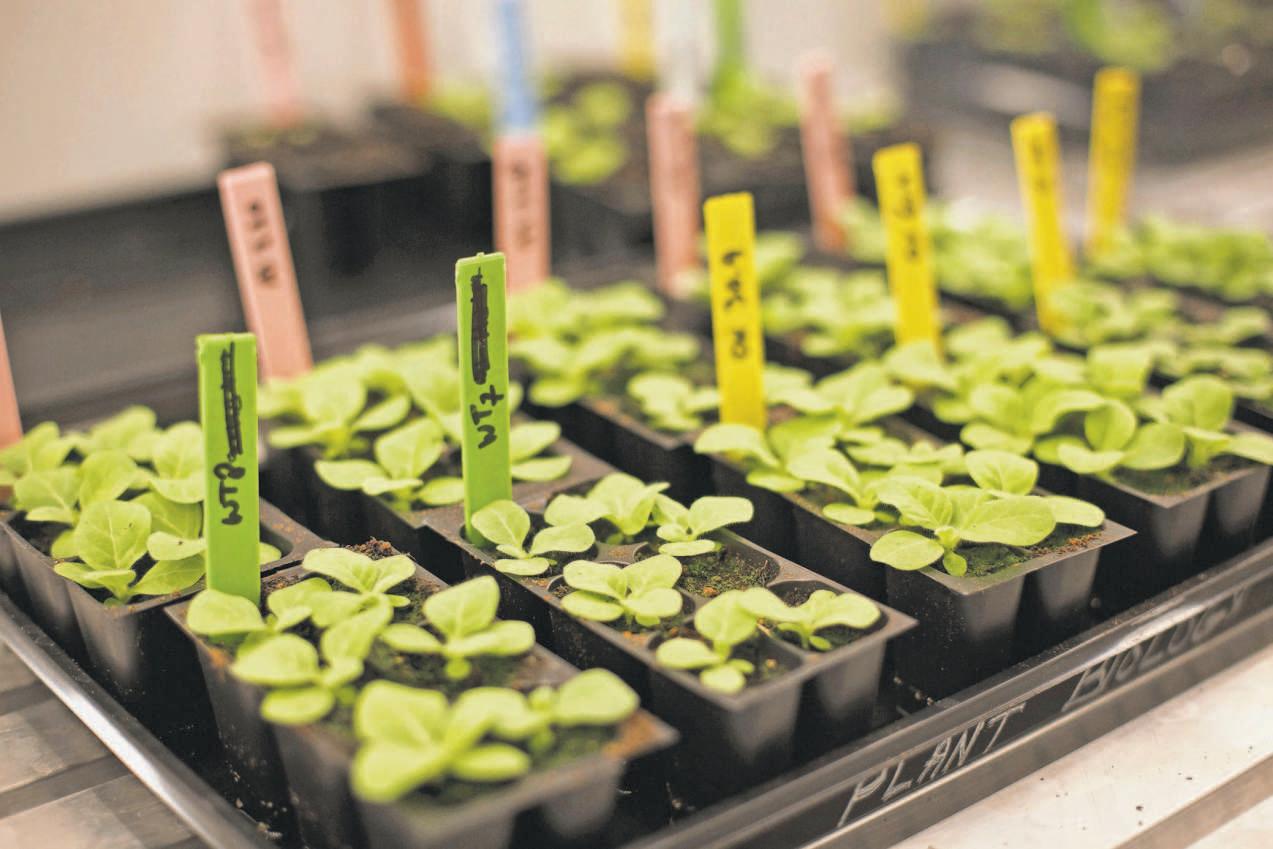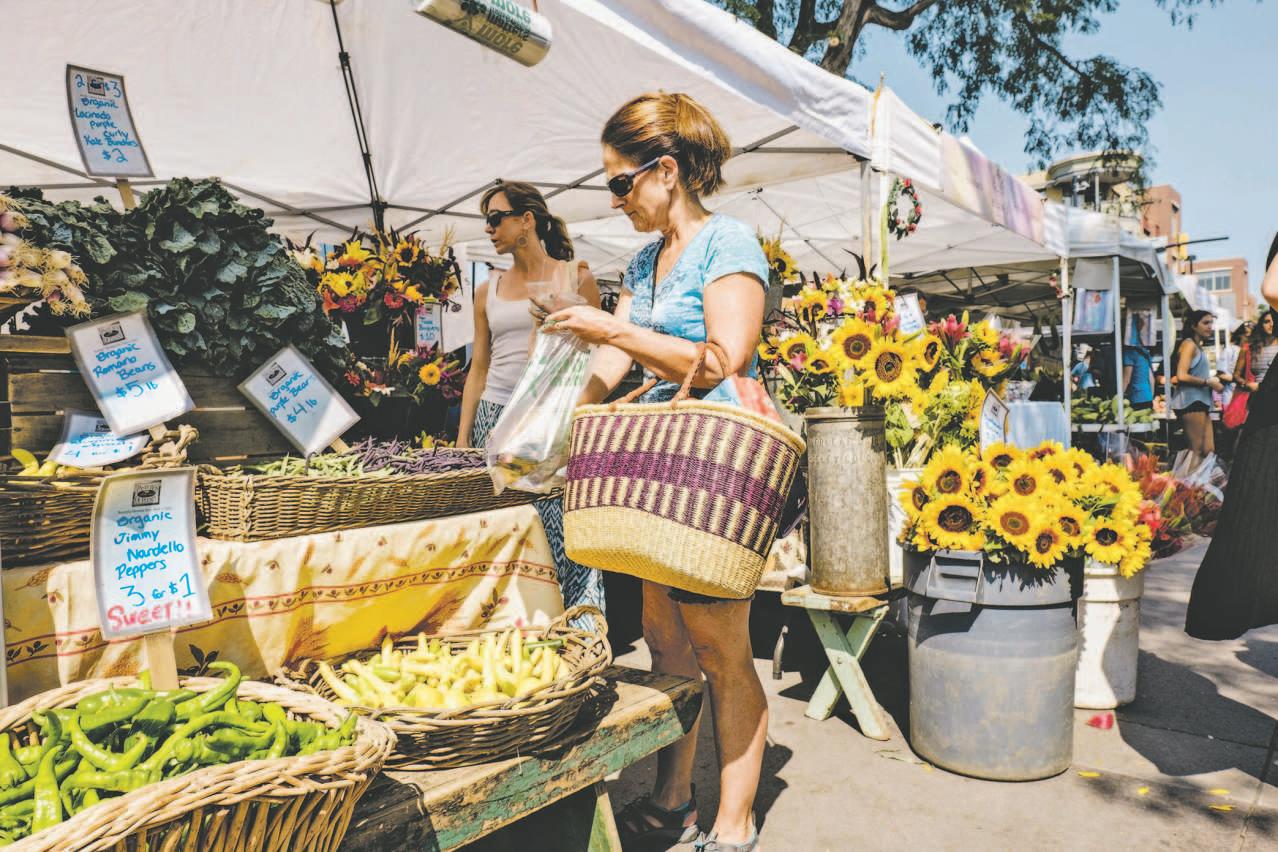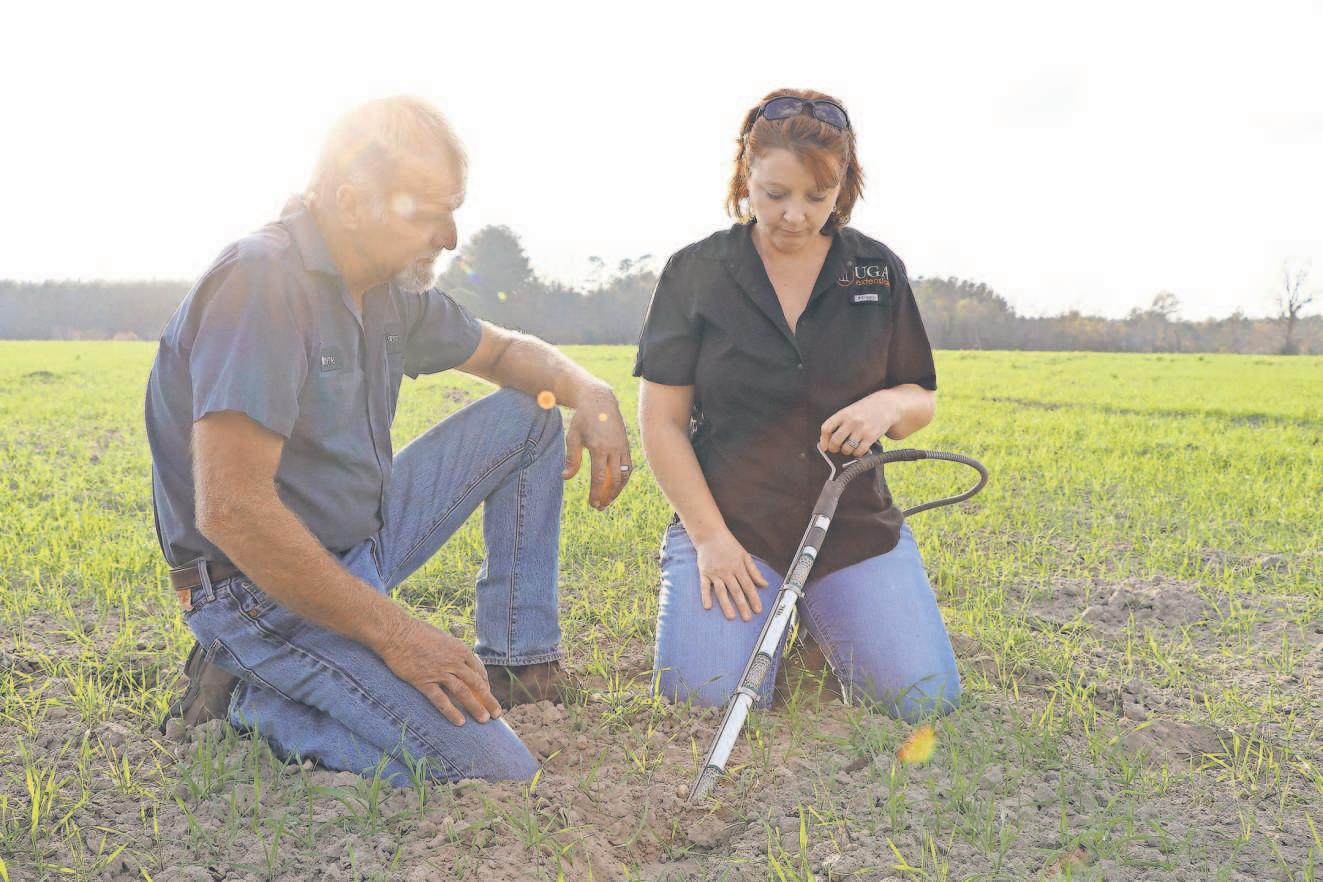
6 minute read
SMART SOLUTIONS
TECHNOLOGY
Remote-Controlled Cultivation
Advertisement
Robots are proving to be valuable farmhands
By Adam Stone
AT MID-SOUTH FAMILY FARMS in Ripley, Tenn., owner Scott Fullen wants to know more about the health of his crops. “We can go out in the field and look, but I can’t walk every field, and we are making general assumptions based on just a limited area,” he said. “We get good information now, but I think that this could give us better information, quicker.”
“This” is a TerraSentia robot, manufactured by EarthSense. Rigged with sensors, it zips between Fullen’s rows of cotton, corn and soybeans, measuring plant health and other key factors. “It’s got cameras to take pictures on the ground, even below the canopy, and then it has algorithms to analyze those pictures,” Fullen said. “It shows us where things are happening at a very detailed level.”
Fullen is not alone. Farmers increasingly are turning to robots to generate information and help support routine tasks at a time when labor is in short supply.
“The demand for food is increasing, while the number of qualified people to tend the crops is decreasing,” said Usha Haley, an expert on global agricultural issues




TECHNOLOGY
Robotic thinners save hours of manual labor by automatically identifying and removing weaker seedlings from produce fields.

VISION ROBOTICS
— GARY THOMPSON, chief operating officer, GUSS Automation at Wichita State University. With the help of robots, “there are a lot of routine, rote things that can be delegated, freeing up the farmers to work on more strategic issues.”
The market for agricultural robots is expected to reach $20.6 billion by 2025, according to researchers at MarketsAndMarkets . These emerging machines will carry out a wide range of tasks.
San Diego-based Vision Robotics Corporation is developing robots to perform “thinning” — ensuring seeds are spaced far enough apart during planting so crops will grow faster.
“In the case of lettuce, many growers plant seeds 2 inches apart even though they want 10-inch spacing. They over-plant because not every seed germinates into a nice plant,” said Vision Robotics co-founder Tony Koselka.
The company’s robot takes pictures of germinating plants, analyzes them for health and vigor and plucks the weaker ones. “It can do two-and-ahalf acres an hour and can replace 50 or 60 people,” Koselka said. That’s a boon to farmers facing an unreliable labor supply. “Having a robotic solution means they have the certainty in knowing that they will be able to get it done.”
Gary Wishnatzki encountered labor shortages as head of Wish Farms in Plant City, Fla. , an operation that supplies strawberries and blueberries year-round. “We were leaving millions of dollars in the field because we couldn’t get them harvested. We didn’t have enough labor to pick,” he said.
That led him to co-found Harvest CROO, where he is helping to develop a robotic strawberry picker.
Notoriously labor-intensive, strawberry picking is also complex. Harvest CROO’s machine, now in prototype, can scoot along the rows and lift leaves to see the fruit. It images the berries and analyzes their ripeness, then extends pincers to pick only the ripe fruit.
“It has a leaf-grabbing system to clear the leaves, and we also have a patented picking wheel, which allows us to get to commercial speed. The wheel has a series of claws on it, so it can pick without a lot of wasted motion: It picks and then another claw comes in right away and picks the next berry,” Wishnatzki said. All this is mounted onto a 30,000-pound vehicle that extends over four beds simultaneously for a total of 16 robots working in tandem. It’s massively efficient. “Pickers only work during daylight hours, where these machines can work throughout
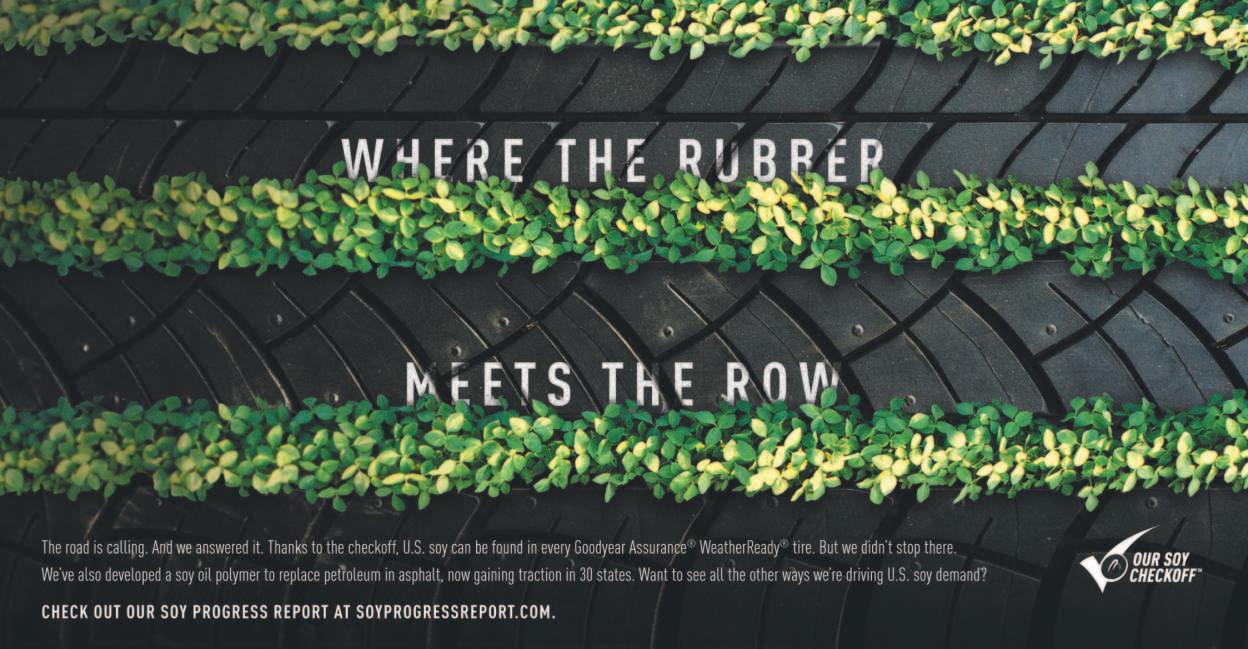

A FARMER MIGHT ONLY HAVE TIME TO GO THROUGH A HENHOUSE TWICE A DAY, BUT A ROBOT CAN MONITOR ACTIVITY
24 / 7
TECHNOLOGY
Harvest’s CROO machine


HARVEST CROO ROBOTICS
the night and early morning. It’s the equivalent of a 25- or 30-person crew,” he said.
Rather than try and sell the machine to cash-strapped farmers, Harvest CROO’s business model calls for the delivery of harvesting as a service. “We will own the machines, and the growers will pay us weekly on a per-box basis, the same way they pay their workers now. There won’t be any capital outlays for growers to worry about,” Wishnatzki said.
Money is likewise a prime con
Global Unmanned Spray System (GUSS)
GUSS AUTOMATION
sideration at EarthSense. “Our goal is to bring the cost to under $5,000 (per robot) when it is produced in mass quantities, which should be in a couple of years,” said co-founder and chief technical officer Girish Chowdhary.
In addition to aiding farmers, Chowdhary said his robot could help seed developers to more effectively test new varieties of plants.
“Soil, rainfall and temperature in Illinois will be very different from the conditions in Texas, so the seed companies have to go through this very complicated development process, planting hundreds of different categories in different places,” he said. A robot could analyze data from those test beds far more efficiently than a human.
Then there are the chickens. The funny thing is they will all lay eggs in boxes, just like they are supposed to, until one lays an egg on the ground. Then they all start doing it, according to Doug Britton, manager of the agricultural technology research program at the Georgia Tech Research Institute. Britton thinks he has a solution to this problem.
He’s developing a robot, dubbed the Grow Out, that rolls through a grow house checking the temperature, looking for disease and scooping stray eggs off the ground to return them to their boxes. “That’s just what the farmer would do, but the farmer (might) only go through twice a day, where a robot can be in the house 24/7,” he said.
And at Homestead Dairy in Plymouth, Ind., co-owners Brian and Jill Houin have installed a robotic milking system. In their fully automated dairy barn, a cow is fed a treat, has its udders washed and gets milked — all in less than 7 minutes . “It makes the job better for the employees. It’s not as monotonous, and it’s less physically demanding, so we have less turnover,” Jill Houin said. “It also gives them more time to spend looking at the cows and their health.”
Others are looking at robots to alleviate safety concerns.
Take for instance GUSS — the Global Unmanned Spray System. “We are spraying various pesticides, fungicides, things like that, and while the employees all get protective equipment, there is always a chance for accidental exposure to those materials,” said Gary Thompson, chief operating officer at Kingsburg, Calif.- based GUSS Automation. Robotic orchard spraying means a safer work environment.
All these different robots could help to reshape the way farmers operate, making their land more productive and their businesses more successful. “The promise is that there will be more crops, and more hardy crops, and the farmers will have more time to focus on their businesses, rather than being out in the fields from morning until night,” Haley said.
